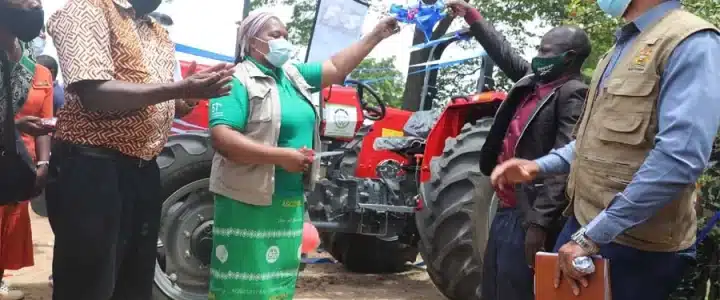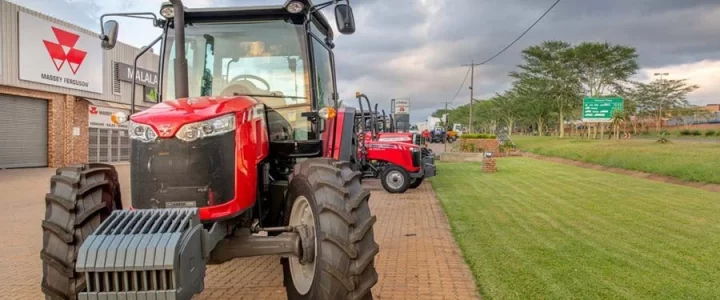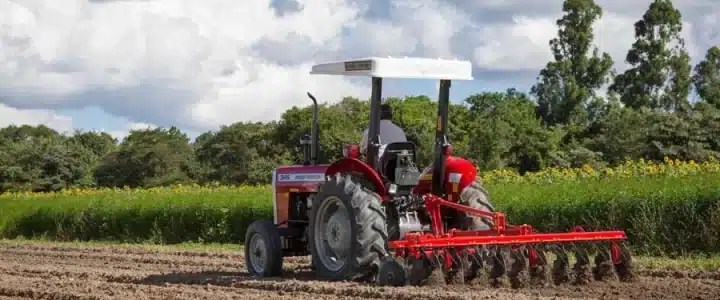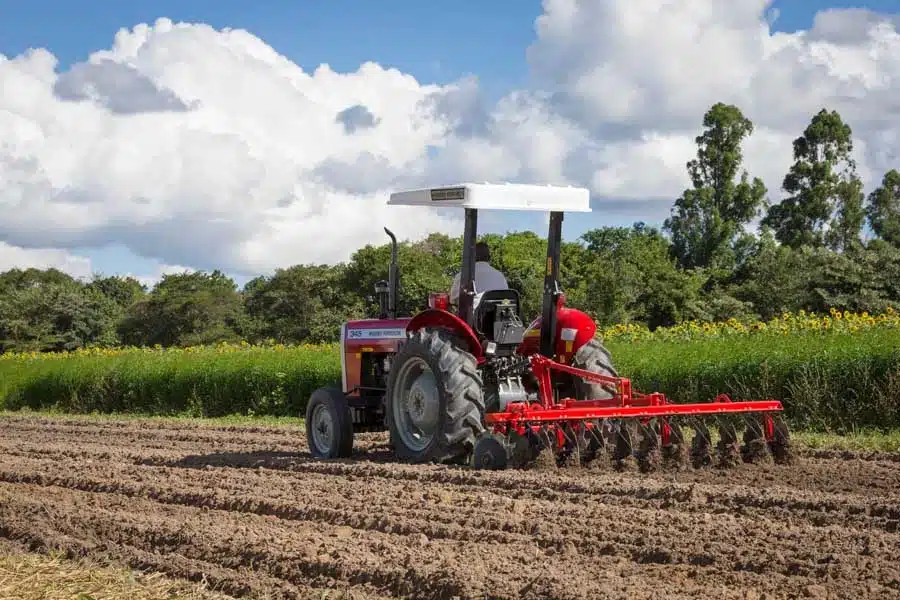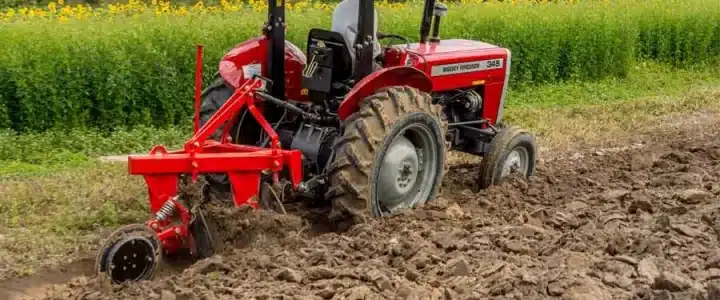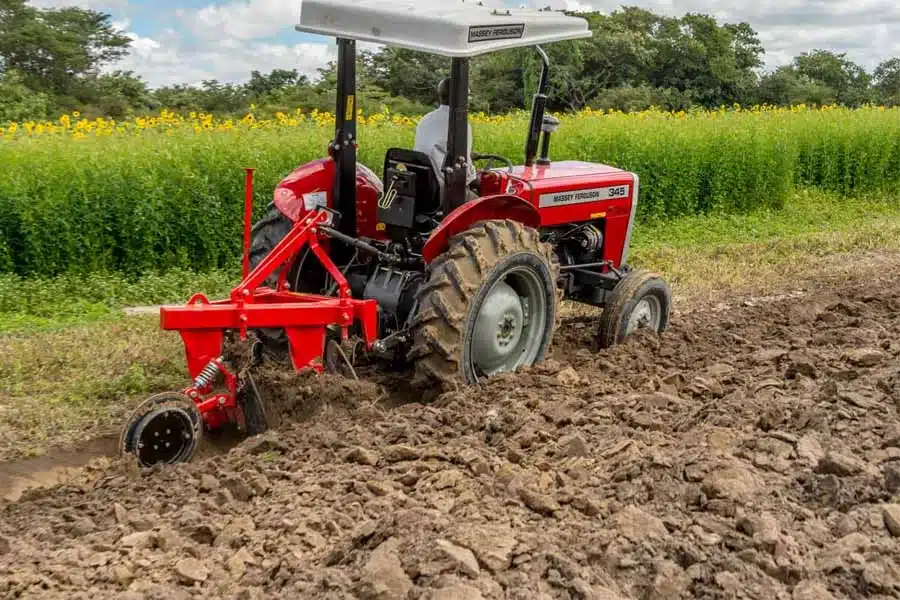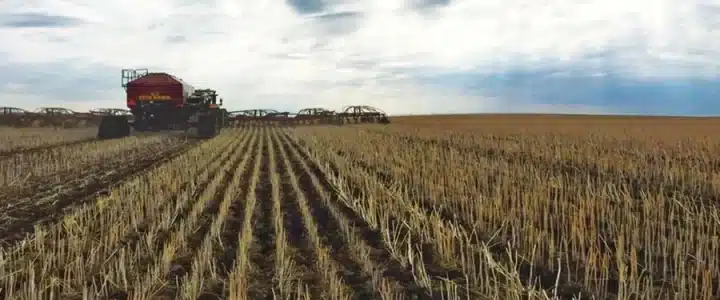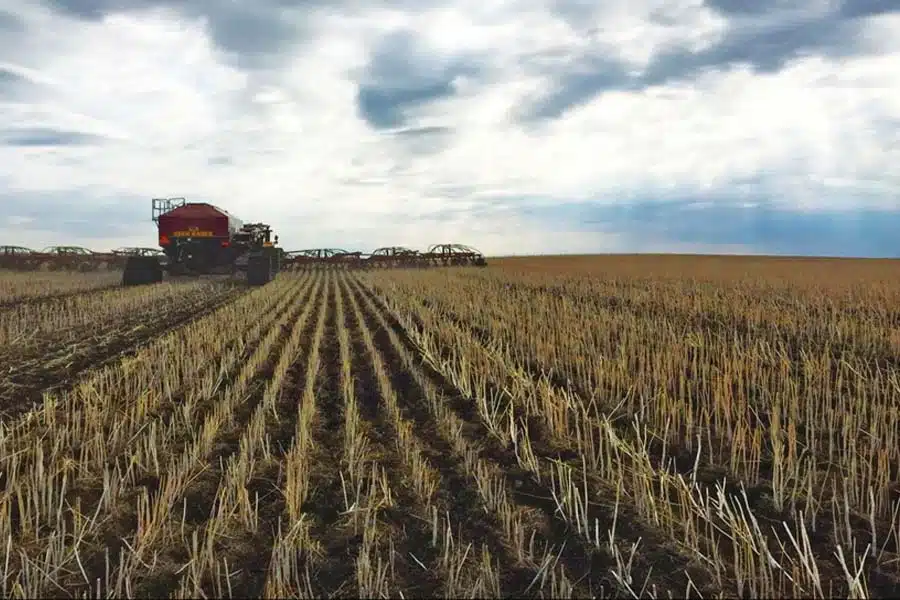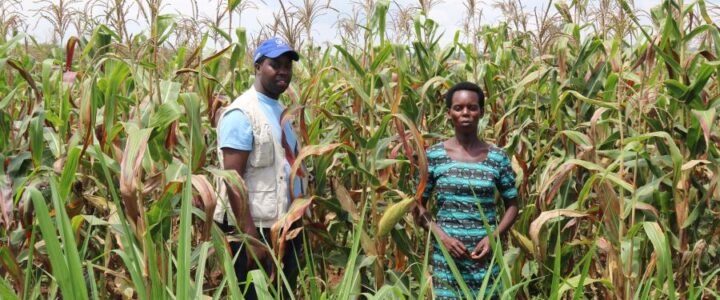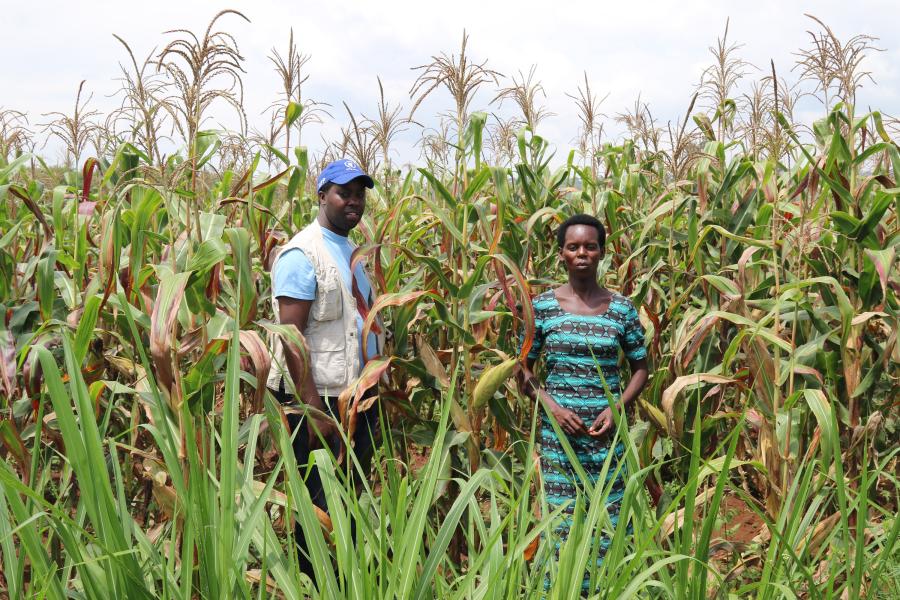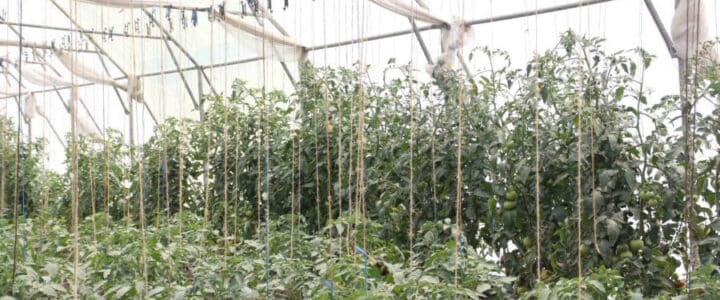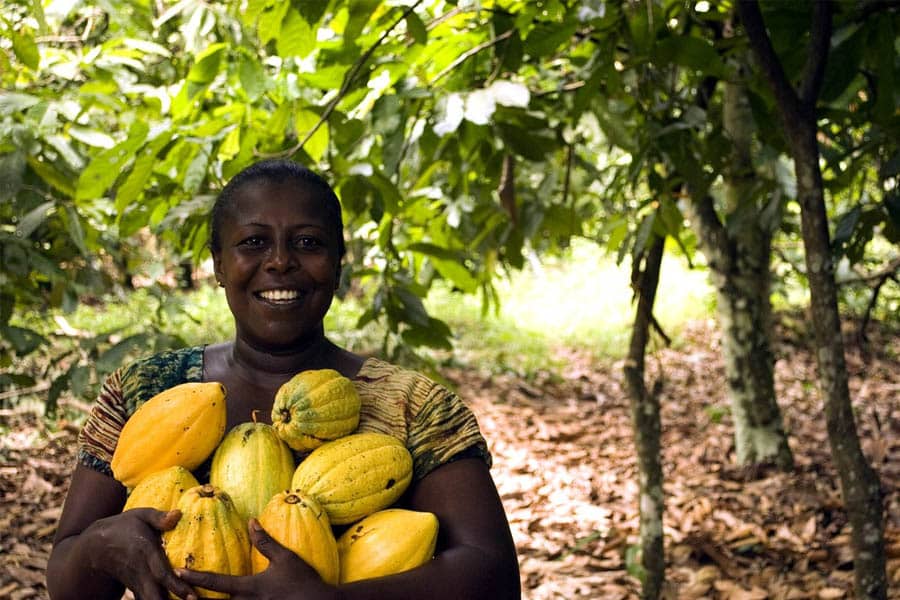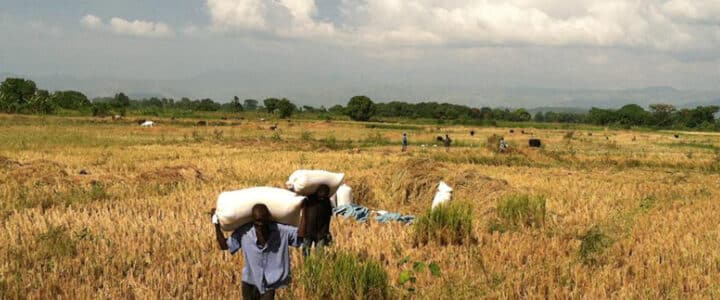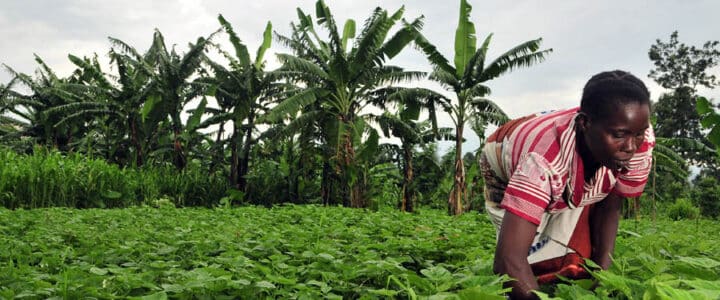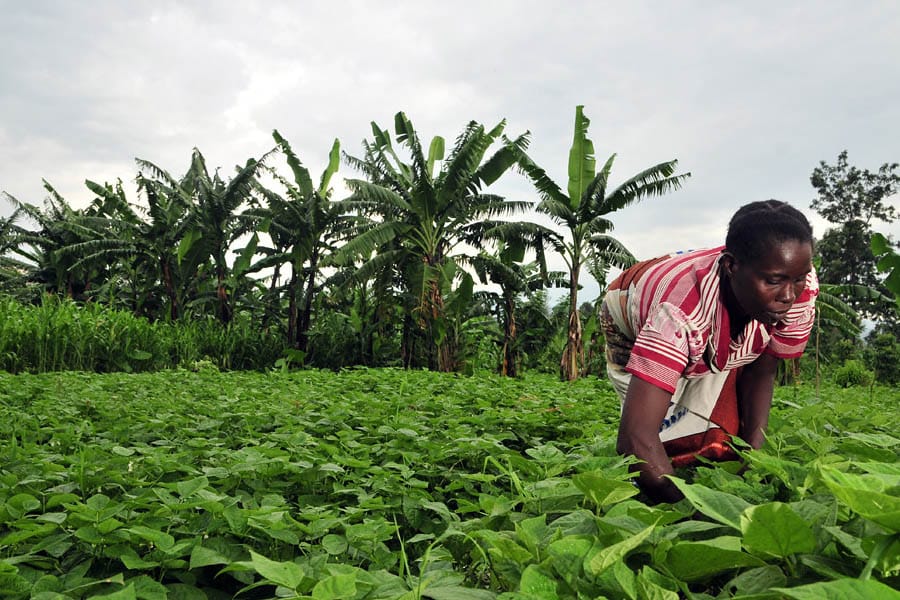Agriculture has long been the backbone of Somali communities, playing a crucial role in their economy and livelihood. With the rise of cooperative farming, there’s been an increasing demand for modern agricultural tools and machinery. This is where tractors come into play.
The Role of Cooperative Farming in Somalia
Cooperative farming involves farmers working together to pool resources, share knowledge, and collectively manage their farms. This approach not only boosts productivity but also fosters community spirit. By collaborating, farmers can afford better equipment, access larger markets, and enhance their overall farming practices.

Why Tractors are Essential for Cooperative Farming
Increased Productivity
Tractors significantly boost productivity, enabling farmers to cultivate larger areas more efficiently. Tasks that would take days to complete manually can now be done in a fraction of the time with the help of a tractor.
Reduced Labour Costs
With the automation provided by tractors, the reliance on manual labour decreases. This reduction in labour costs allows farmers to invest more in other areas such as seed quality and irrigation systems.
Versatility in Farming
Modern tractors come with various attachments and implements, making them versatile machines capable of performing multiple tasks. From ploughing and harrowing to planting and harvesting, tractors streamline the entire farming process.
Tractors PK – Your Partner in Agricultural Innovation
At Tractors PK, we understand the unique challenges faced by Somali farmers. Our mission is to provide high-quality, reliable tractors that cater to the specific needs of cooperative farming. Here’s why we are the preferred choice for Somali agriculture:
Wide Range of Tractors
We offer a diverse range of tractors suited for different farming requirements. Whether you need a compact tractor for small-scale farming or a powerful machine for extensive agricultural operations, Tractors PK has got you covered.
Expert Curation
Our tractors are expertly curated to ensure they meet the highest standards of performance and durability. Each model is tested to withstand the tough farming conditions prevalent in Somalia.
Comprehensive Tasting Notes with Each Shipment
When you purchase a tractor from Tractors PK, you receive detailed information about its features, benefits, and maintenance tips. This ensures you get the most out of your investment.
Exclusive Deals for Subscribers
By joining our community, you gain access to exclusive deals and discounts, allowing you to upgrade your machinery without breaking the bank.
Building a Community of Coffee Lovers
We believe in fostering a sense of community among our clients. Through workshops, training sessions, and regular updates, we ensure you stay informed and connected with fellow farmers and tractor enthusiasts.
How to Get Started with Tractors PK
Visit Our Website
Head over to our website to explore our extensive range of tractors and agricultural equipment.
Contact Us
Got questions? Our customer service team is here to help. Reach out to us via email or phone, and we’ll assist you in choosing the perfect tractor for your needs.
Join Our Community
Stay updated with the latest news, tips, and exclusive offers by subscribing to our newsletter. Join the Tractors PK community and be part of a network dedicated to advancing Somali agriculture.
Tractors play a pivotal role in enhancing the productivity and efficiency of cooperative farming in Somali communities. By partnering with us, you not only invest in top-quality machinery but also become part of a community committed to agricultural excellence. Transform your farming experience today with Tractors PK and witness the difference in your harvest.
